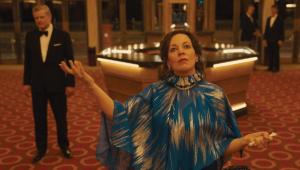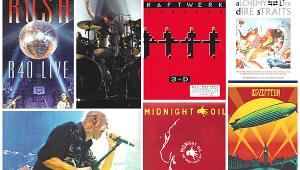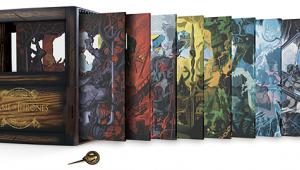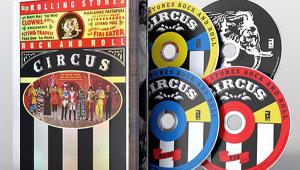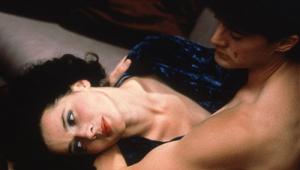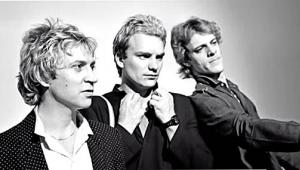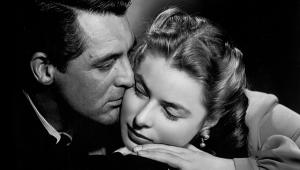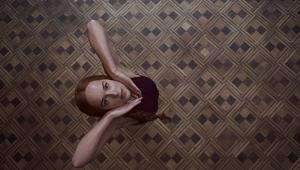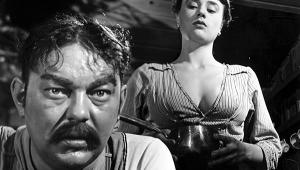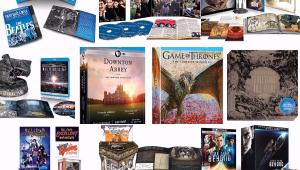Glad to see it re-released in its proper 1.66:1 aspect ratio! Wish more movies got that treatment. 16:9 just doesn't look right for so many things.
Barry Lyndon

 The ensemble cast looks as circus-like as many Fellini films, with the exception of Barry Lyndon himself, played by Ryan O’Neal, then at the peak of his fame, cast no doubt to lure the mass audience (to no avail), but the discordance works: His flat American speech (in early scenes, he tries an Irish brogue but thankfully soon dropped it), contrasted with the aristo-Brit accents all around him, marks him clearly as a man out of his depth, despite his pretensions.
The ensemble cast looks as circus-like as many Fellini films, with the exception of Barry Lyndon himself, played by Ryan O’Neal, then at the peak of his fame, cast no doubt to lure the mass audience (to no avail), but the discordance works: His flat American speech (in early scenes, he tries an Irish brogue but thankfully soon dropped it), contrasted with the aristo-Brit accents all around him, marks him clearly as a man out of his depth, despite his pretensions.
Still, the picture is the main thing in this film. The blend of light, shadow, and color are wondrous—in landscapes, battle scenes, and candlelit interiors, the last thanks to Kubrick’s special mounting of a Zeiss f/0.7 lens, designed for NASA and one of only ten ever made.
Criterion’s 1080p transfer, struck from a 4K scan of the original camera negative, captures his wonders with fine starkness and beauty. Film grain might be a tad in excess, but no more than a tad. Kubrick recorded the soundtrack in mono, and it is faithfully reproduced, but a 5.1 surround track, remixed for the occasion, sounds natural and properly spacious. Special features are entertaining and informative; I could have used more.
Blu-Ray
Studio: Criterion Collection, 1975
Aspect Ratio: 1.66:1
Audio Format: DTS-HD Master Audio 5.1, uncompressed mono
Length: 185 mins.
MPAA Rating: PG
Director: Stanley Kubrick
Starring: Ryan O’Neal, Marisa Berenson, Patrick Magee
- Log in or register to post comments

